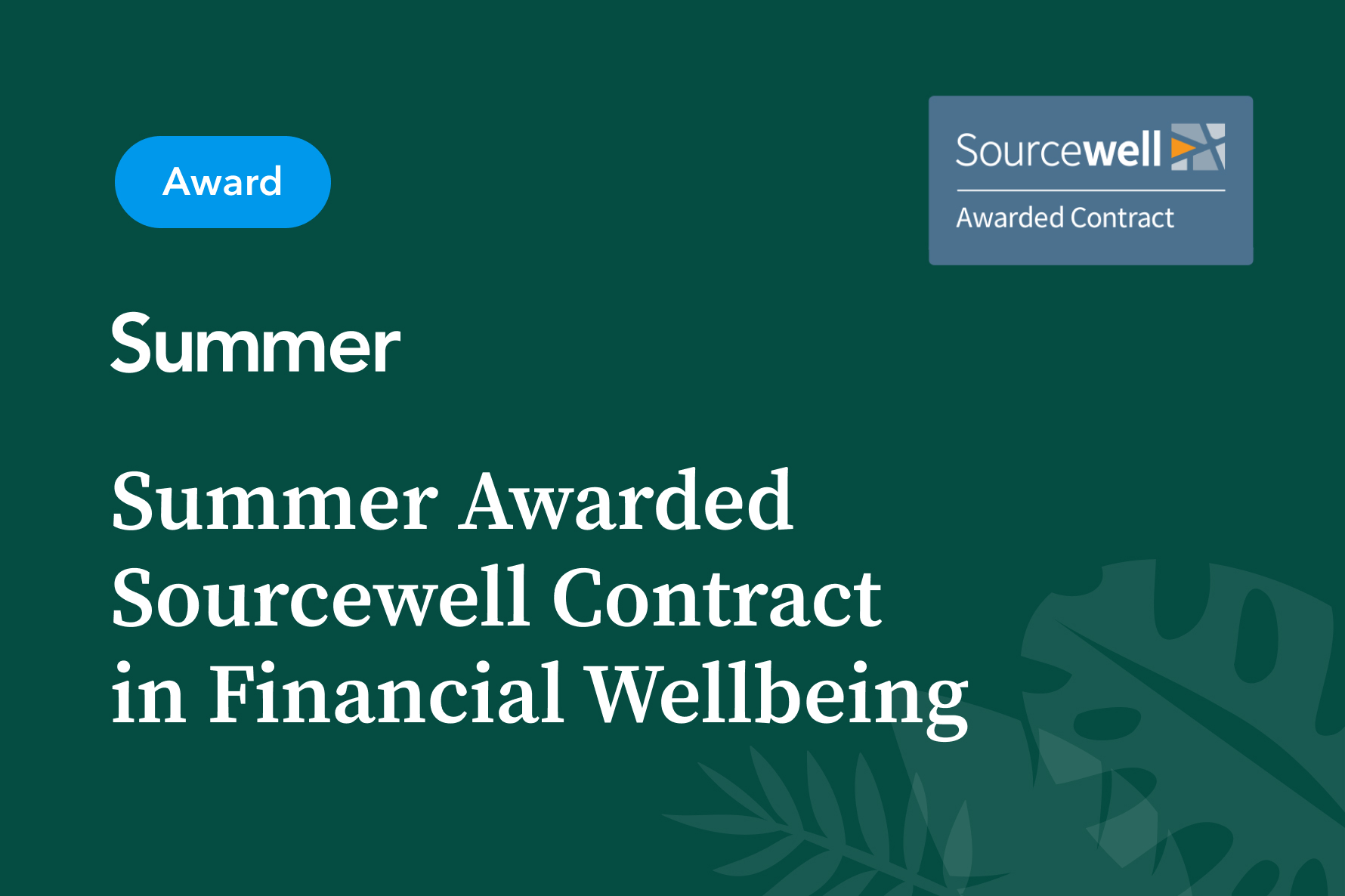Updated June 2023: Since this blog post was published, the Supreme Court has struck down this plan and it will not move forward under the current legal authority. Payments and interest on federally held student loans are scheduled to resume starting in September 2023.
The Biden Administration announced an unprecedented slate of student loan updates on August 24, 2022, including a potential cancellation of $10,000 or $20,000 for qualifying borrowers. Here at Summer, we’re closely monitoring the situation and what borrowers will need to do to secure relief - we’ll continue to update this blog post as we know more!
The first question on every borrower’s mind today will be “Do I qualify? And what do I need to do next?” So, let’s break down the details based on what we know so far. The announcement came with three primary components.
1. Payment Pause Extended
The current pause on payments and interest for federally-held student loans has been extended through the end of 2022. Payments will not be due and interest will not start to accrue until January 1, 2023. The announcement specified that this will be the final extension of the pause. While previous announcements have said the same thing, we’re more inclined to believe that this may be the last time because forgiveness was announced as well.
2. Forgiveness Plan Announced
After a long wait, borrowers finally have some additional news on whether they can expect to receive loan forgiveness. Depending on a few factors, millions of borrowers will be eligible to receive either $10,000 or $20,000 in forgiveness.
How to qualify:
- You must have had an individual income of under $125,000 or a household income of under $250,000 in either the 2020 or 2021 tax years.
- You also must have an outstanding balance on your federal student loans. If you’ve already paid off your loans, you won’t be eligible for this program.
- Your loans must be federally-held federal loans, not commercially held federal loans. We know that’s confusing! Basically this excludes some older FFEL loans. If your loans have been eligible for the payment and interest pause since March 2020, then they will be eligible.
- If you received Pell Grants for your education, you’ll receive a maximum of $20,000 in loan forgiveness. (If you’re not sure if you received Pell Grants, the information is stored at Federal Student Aid. If you have an account with Summer, we can help you check!)
- If you didn’t receive Pell Grants for your education, you’ll receive a maximum of $10,000 in loan forgiveness. (The reason it’s a maximum is because it’s capped at the amount of debt you have. If you qualify but only have $17,000 left on your loans, you’ll receive $17,000 in forgiveness.)
- Your loans must have been disbursed before June 30, 2022 to qualify. (If you have consolidated your loans, they'll look at when the underlying loans were disbursed, not when your loan was consolidated.)
How the process will work:
- The application hasn't been released yet, but the Department of Education says that it will be live by early October.
- Borrowers have been advised to apply before November 15, 2022 if they want to receive forgiveness by the time the payment pause ends in December.
- The application will remain open until December 31, 2023.
- If your income is already on file with the Department of Education, you may receive forgiveness automatically without having to apply. If you're in this group, you'll be notified directly by Federal Student Aid. Your income may be on file if certified your income for income-driven repayment (IDR) or applied for federal aid in 2020 or 2021.
- If your loan balance is higher than the amount of forgiveness you're eligible to receive, the Department of Education will apply the forgiveness to your loans in a specific order, starting with loans in default and loans with higher interest rates. You can read about this in more detail here.
3. New IDR Plan Proposed
Lastly, the administration has proposed creating a new income-driven repayment (IDR) plan that will be more favorable to borrowers.
For borrowers with debt from undergraduate study, the new plan would be based on 5% of your discretionary income, as opposed to 10%, which is the lowest of the current IDR plans. (Borrowers with graduate debt would pay a weighted average rate.) It would also lower the percentage that’s considered “discretionary” of your income. For borrowers with balances under $12,000 it would offer forgiveness after 10 years of payments, rather than 20, and would prevent interest from accruing. That last point will be crucial to stemming loan balances that balloon because of interest while borrowers are making payments based on income.
This new plan hasn’t been implemented, but we’re committed to keeping Summer’s tools up to date with the latest and best opportunities available to borrowers.
Is there anything I can do now?
For now, there’s not much borrowers need to do. You won’t need to make payments until January, and the forgiveness application details haven’t been released yet. You can subscribe to “Federal Student Loan Borrower Updates” to receive notices from the Department of Education, and of course Summer will help you navigate this maze as best we can with additional tools, resources, and information.
While this news helps millions of borrowers, it doesn’t magically fix the student loan system or lower college costs for those entering and graduating from school every year. We hope to continue to see change that will impact those across the education system, from young adults funding their education to those who took out loans for their children and may not qualify for this forgiveness announcement. Whatever happens next, Summer promises to stand on the side of borrowers, provide the most up to date and detailed information we can, and work to simplify the process of student debt repayment for everyone.
%20(1).jpg)














